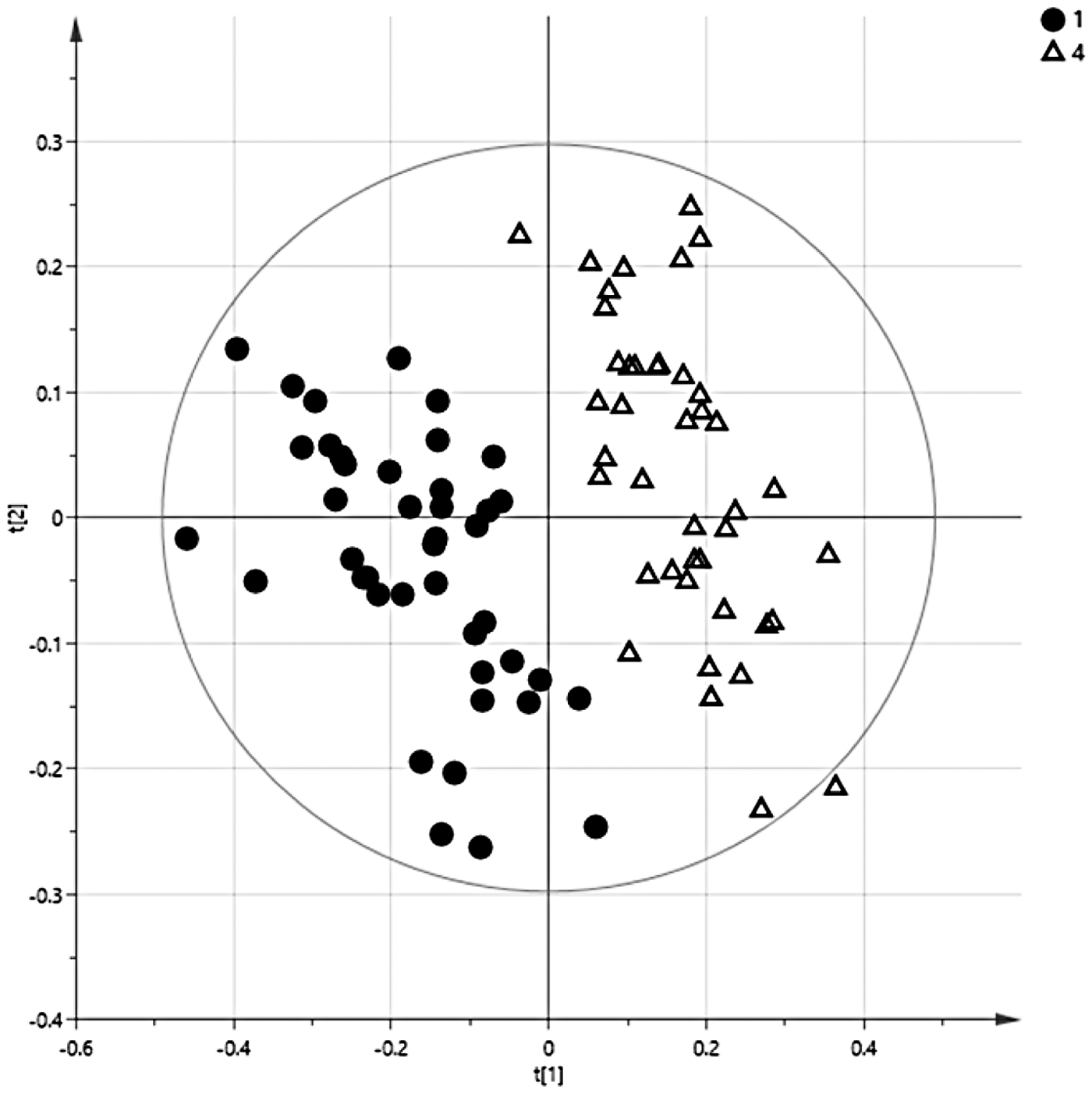Exclusive breastfeeding is the recommended infant feeding practice and is associated with the highest standard of growth and health(1). However, the exact mechanisms that define infant health outcomes are poorly understood, partly due to challenges with biofluid collection in this vulnerable population group. Urine metabolomic profiles offer enormous opportunities in infant nutrition research due to the non-invasive nature of sample collection and ability to characterise diet and phenotype related differences in metabolism(Reference O'Sullivan, He, McNiven, Haggarty, Lonnerdal and Slupsky2). The aim of this research is to examine infant feeding practices, growth and metabolomic profiles in the first 4 months of life.
Healthy mothers with singleton pregnancies aged 18–45 year were recruited from antenatal maternity clinics in the NMH Holles St during their final trimester (28 weeks+). Socio-demographics, diet and lifestyle data was collected from mothers during pregnancy. Anthropometrics, infant feeding practices and urine samples were collected at birth and monthly up to 4 months of age. 1H-NMR spectra were acquired for infant urine samples collected at month 1 and month 4. Data were analysed using a combination of univariate (IBM SPSS v20) and multivariate methods (SIMPCA P+ v14).
In total, 60 mother-infant pairs were included in the study at birth, 7 mothers withdrew after giving birth, and 47 mother-infant pairs completed the study. Over 80 % (n = 50) of mothers initiated breastfeeding at birth; however this dropped to approximately 50 % at 1 month. Infant anthropometrics are presented in Table 1 below. Multivariate analysis showed clear separation of urine metabolomics profiles from month 1 and month 4 (Figure 1). Some of the metabolites identified included higher myo-inositol and taurine in month 1 samples, and higher creatine and citrate in month 4 samples.

Fig. 1. PLSDA scores plot of urine metabolomics profiles collected at month 1 and month 4.
Table 1. Infant anthropometrics.

Infants grow rapidly and infant feeding practices change in the first months of life. In this Irish cohort, month 1 was identified as a critical point where mothers are more likely to stop exclusive breastfeeding. This study demonstrates the application of metabolomics in infant nutrition research and potential to identify metabolites associated with infant growth and metabolic development.




